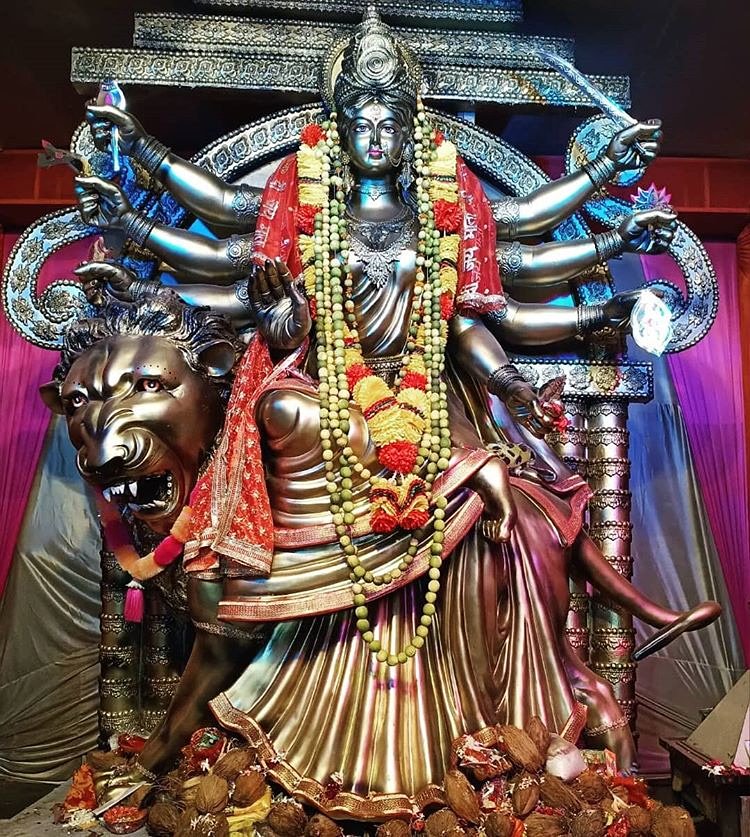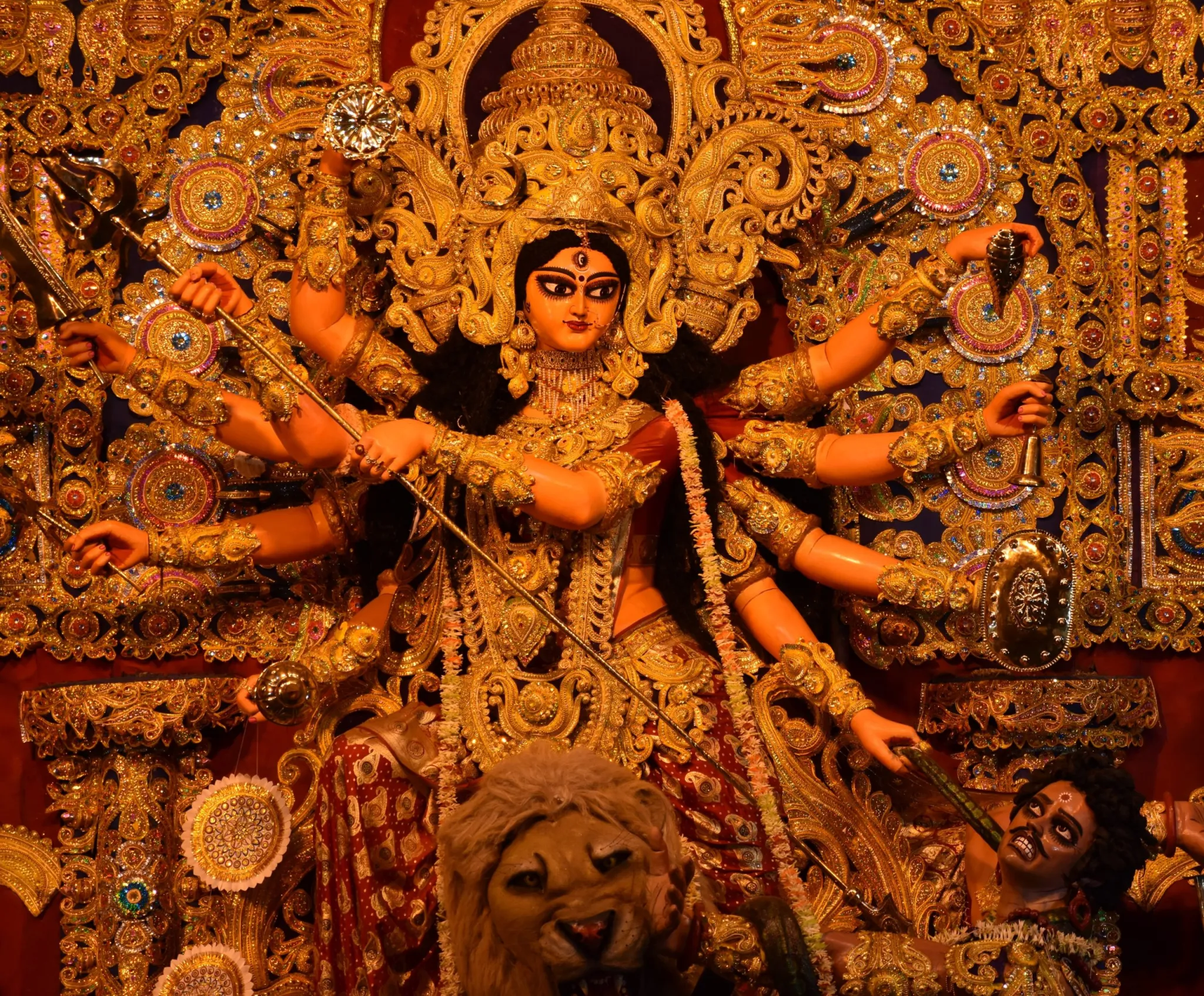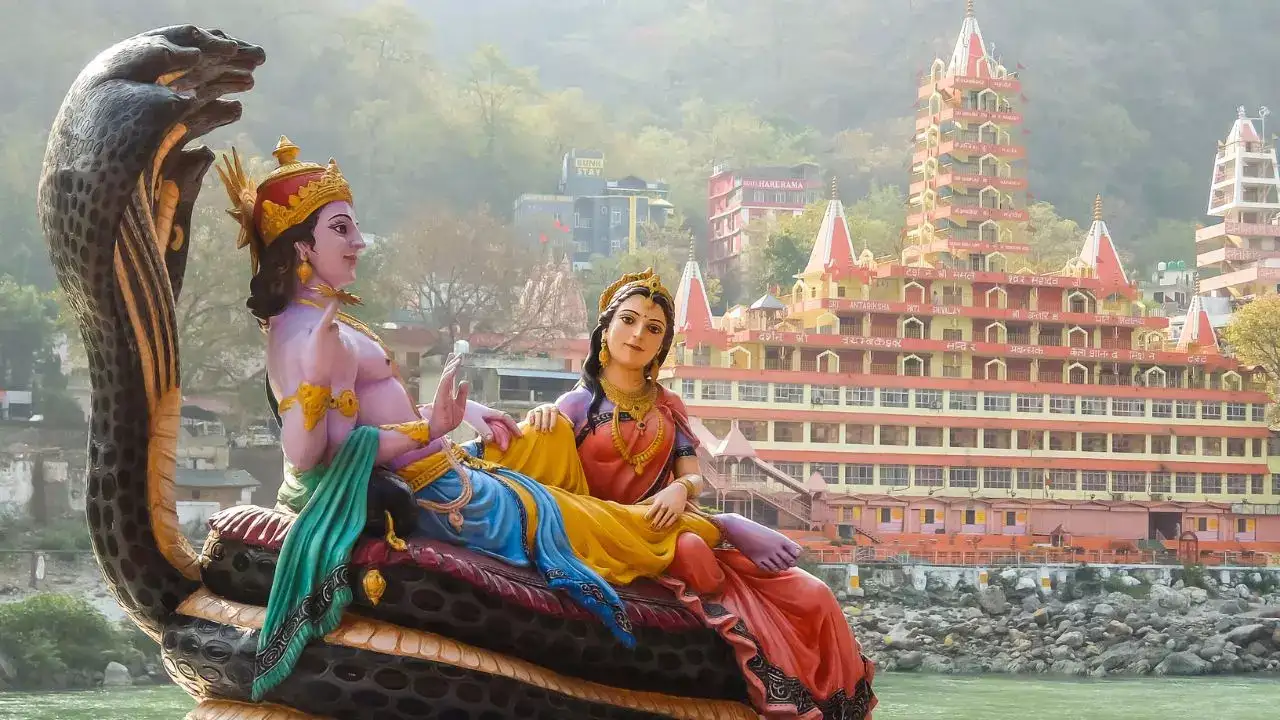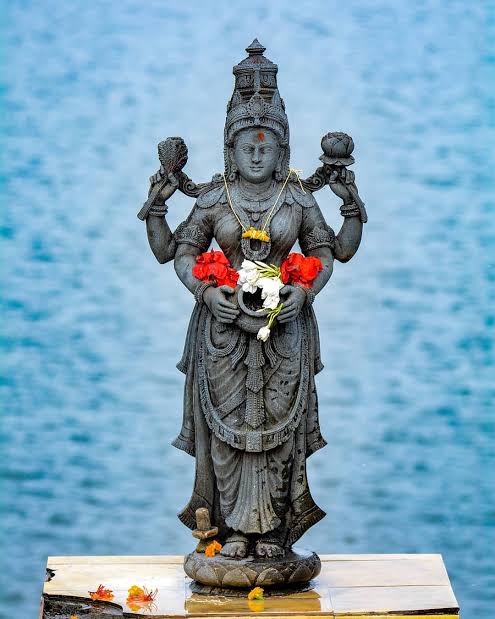Masik Durgashtami – The Monthly Celebration of Divine Shakti
Masik Durgashtami is a sacred observance dedicated to Goddess Durga, celebrated every month on the Shukla Paksha Ashtami tithi. It honors the fierce yet compassionate Divine Mother who eliminates darkness and protects dharma. This monthly vrat offers an opportunity to invoke Shakti, the universal feminine energy, for blessings of strength, success, and spiritual upliftment.
Masik Durgashtami, also known as Maas Durgashtami or Monthly Durgashtami, is observed on the Ashtami tithi of Shukla Paksha in each lunar month. Devotees perform a day-long fast, chant Durga stotras, and worship the Devi from morning till evening to seek her divine grace and the fulfillment of desires.
The most prominent Durgashtami, known as Mahashtami, falls during the Sharad Navratri in Ashwin month. However, the spiritual essence of every Masik Durgashtami is akin to a mini-Navratri, symbolizing monthly renewal and purification.
Deities Associated
Masik Durgashtami is dedicated to Goddess Durga, the divine embodiment of power, protection, and righteousness. She is said to have emerged from the combined energies of Brahma, Vishnu, and Shiva to annihilate Mahishasura and other demonic forces. She rides a lion and holds deadly weapons in her ten arms.

“On Masik Durgashtami, the lion-hearted Mother descends to shatter our fears and light our inner fire.”
Origin, Significance & Vedic Astrological Relevance
Origin and Mythological Roots
As per scriptures, the devas were once tormented by Mahishasura, a demon blessed that no man could kill him. The trinity of Brahma, Vishnu, and Shiva united their divine energies to create Goddess Durga. She appeared on Shukla Paksha Ashtami and vanquished the asura in a fierce battle, restoring cosmic order.
Another legend tells of Durgam, a terrifying demon, whose tyranny caused chaos across worlds. Upon divine plea, Durga manifested on Shukla Ashtami, slayed him, and restored peace. Hence, every Masik Durgashtami is observed as a remembrance of this divine intervention.
Rama is also said to have worshipped Goddess Durga on this tithi before his battle with Ravana, seeking her blessings to overcome evil.
Significance in Vedic Scriptures
- The Durga Saptashati in the Markandeya Purana extols Ashtami tithi as the day of the Goddess’s supreme victory.
- The Mahashtami during Navratri is also the day of worshipping Maha Gauri and conducting Kanya Puja.
- Masik Durgashtami is a mini-Navratri where the eight fierce forms (Ashta Shaktis) and 64 Yoginis are also invoked in tantric traditions.
Astrological Relevance
- Ashtami tithi carries potent Mars (Mangal) and Ketu energy.
- It is ideal for warding off Rahu afflictions, fear, aggression, and obstacles.
- Especially recommended for those under 8th house dasha, Rahu Mahadasha, or Mangal dosha.
- It strengthens inner will, courage, and clarity.
Customs, Traditions & Rituals
Masik Durgashtami is rich in tradition, combining Vedic and Shakta rituals:
- Devotees wake during Brahma Muhurta, bathe with Ganga Jal and chant Durga mantras.
- A red altar is prepared, and the idol or image of Durga is decorated with flowers, kumkum, and sindoor.
- Akhand Jyot (unbroken lamp) is lit for the entire day.
- Rituals include:
- Offering hibiscus, sweets, coconut, and fruits.
- Ringing bells and blowing conch.
- Chanting Durga Saptashati, Durga Chalisa, or Argala Stotram.
Kumari Puja
- In many places, young girls (6–12 years) are worshipped as embodiments of Shakti.
- Their feet are washed, tilak applied, and served Halwa-Puri-Chana with gifts.
Vira Ashtami / Astra Puja
- In South India and Maharashtra, weapons and tools are worshipped.
- Known as Ayudha Puja, this ritual invokes Durga’s protective valor.
Barley Planting
- In western states, barley seeds are planted and offered to Durga upon sprouting as a sign of growth.
Puja Vidhi & Puja Katha
Puja Vidhi
- Rise early and take a purifying bath.
- Prepare the puja space, placing a red cloth, kalash, mango leaves, and coconut.
- Install Durga idol or picture and light ghee diya.
- Offer panchamrit, chandan, flowers, fruits, and naivedyam (kheer, halwa).
- Chant mantras: “Om Dum Durgayei Namaha”, Durga Ashtottara, and recite Durga Saptashati.
- Perform aarti with camphor.
- Conduct Kumari Puja with 9 girls if possible.
- Donate food and clothes to Brahmins or needy.
Masik Durgashtami Katha
Long ago, the demon Durgam terrorized the three worlds. In response to the prayers of devas, the divine trinity merged their energies to form Goddess Durga on Shukla Paksha Ashtami. With weapons from each god, riding a lion, she destroyed Durgam and restored cosmic balance.
Another tale recounts the birth of Chamunda, the fierce avatar of Durga who killed Chanda and Munda. Their heads were presented to Parvati, and the Goddess was then worshipped as Chamunda Devi.
Celebrations Across India
- Kolkata & Assam: Observed in Shaktipeeths like Kalighat and Kamakhya.
- Tamil Nadu & Andhra Pradesh: Women observe fasts for marital and family prosperity.
- Maharashtra & Gujarat: Astra puja and barley planting are common.
- Kashmir (Jyeshtha Shukla Ashtami): Devotees gather at Kheer Bhawani Temple, Tulmulla.
Temples Where This Festival Is Prominent
- Vaishno Devi, Jammu
- Chamundeshwari, Mysore
- Meenakshi Amman, Madurai
- Kalighat, Kolkata
- Kheer Bhawani, Tulmulla (Kashmir)
- Kanaka Durga, Vijayawada
- All Shakti/Durga Temples across India
How to Observe
- Fast from sunrise to sunset; consume milk or fruits if needed.
- Refrain from luxuries; sleep on floor or mat.
- Avoid non-vegetarian food, alcohol, and leaving house empty.
- Light an Akhand Jyot and chant mantras.
- Offer akshat, sindoor, sweets, and red flowers to Devi.
- End with prasad and donation to Brahmins or kumaris.
Benefits of Celebrating
- Destroys sins and karmic obstacles from past lives.
- Brings prosperity, marital bliss, and protection.
- Ideal remedy for Rahu affliction and Mangal Dosha.
- Strengthens confidence, health, and relationships.
- Deepens one’s spiritual connection with Goddess Durga.




